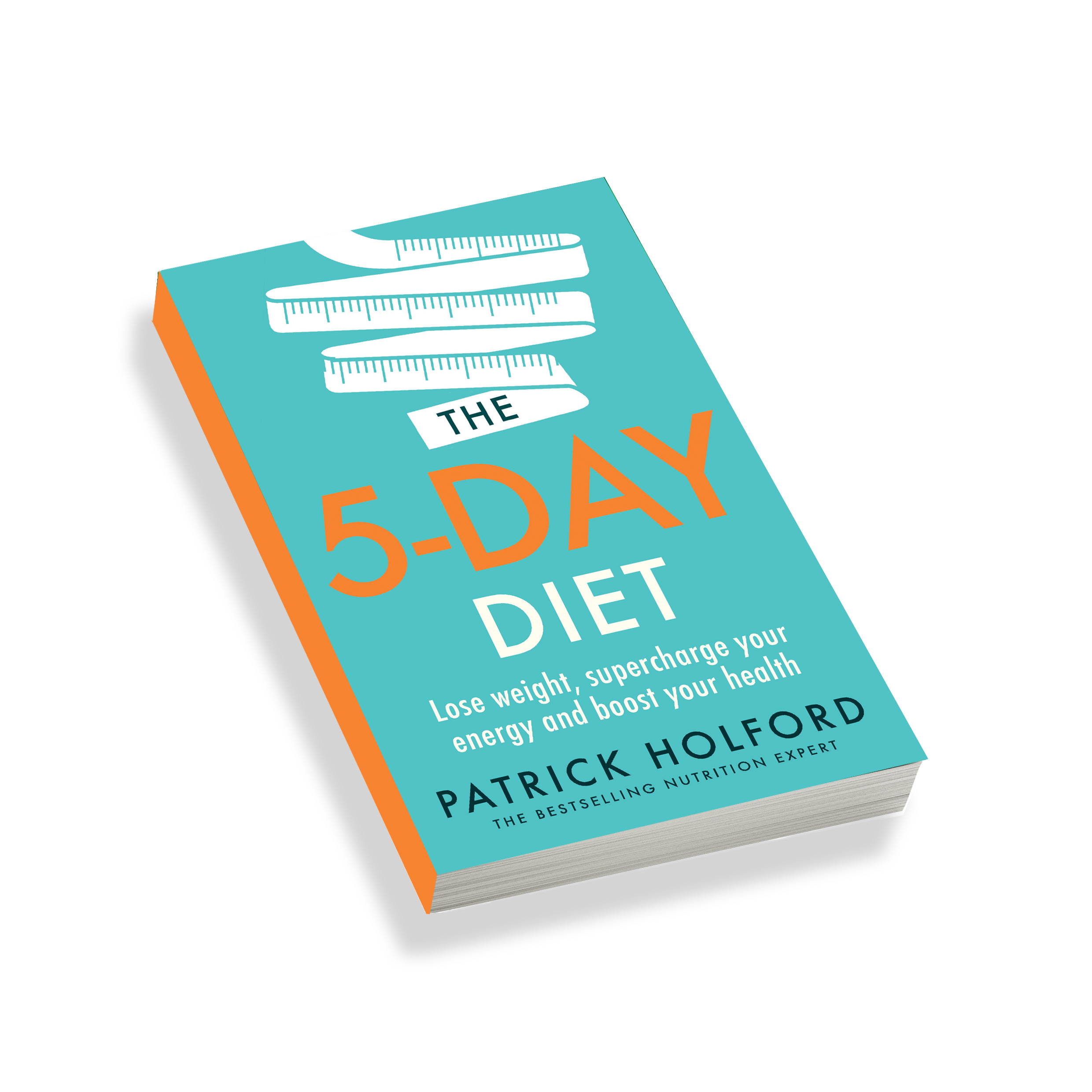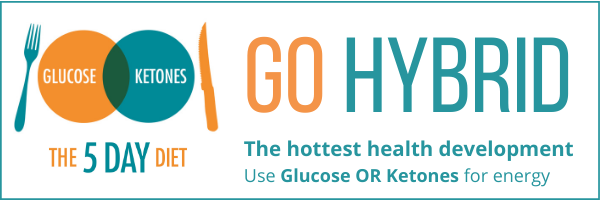Alternating between the glucose and ketones is one of the hottest new health developments. Going Hybrid has so many potential benefits for disease prevention and health, which is why I’m keen to help you understand it. I’m going to start by explaining how energy production in cells works.
How Cells Produce Energy
Some aspects of human cells are familiar, such as the repository of genetic information that is held in the central nucleus, or the nearby protein-making factory (ribosome) that gets its manufacturing blueprints from our genes. Dotted around are thousands of power plants (mitochondria) that generate all of the energy we need to function.
Like all industrial units, each cell must have a reliable supply of fuel, ways of balancing internal demand with available supply, a dedicated system for transporting the fuel to the various units and a reliable back-up system to deal with any power cuts. It may function on a micro-scale, but the complexity of a cell’s energy system is breathtaking. You might assume that we already have a good understanding of something as basic and essential as how the body and brain generate and use energy. But even as you read this, researchers are uncovering ever more of the ways in which the body converts what we eat into fuel and then routes it along the paths of least resistance.
Muscles and organs, including your brain, can run quite happily on either ketones, which are derived from fatThere are many different types of fats; polyunsaturated, monounsaturated, hydrogenated, saturated and trans fat. The body requires good fats (polyunsaturated and monounsaturated) in order to…, or glucose, which is derived from carbs. Both end up delivering ATP – the packets of energy on which all of the body’s cells rely. In addition, the muscles (but not the brain) may derive energy from a type of fat known as triglycerideTriglycerides are a type of fat found in the blood – the body uses them for energy. However, high levels of triglycerides can raise the…, which is shaped like a capital ‘E’, with a backbone of glycerol (a form of glucose) and three horizontal bars of fatty acids.
The liver can also transform the amino acidsAmino acids are commonly known as the building blocks of protein. There are 20 standard amino acids from which almost all proteins are made. Nine… in proteinProteins are large molecules consisting of chains of amino acids. Proteins are essential nutrients for the human body – they are a building block of… into glucose when the latter is in short supply. This usually involves breaking down some of the body’s own muscles because these are the most readily available sources of protein, which is one reason why you will lose muscle mass if you fast for too long and why people on a ketogenic diet need to ensure that they eat a sufficient amount of protein.
All of these fuels are routed to the cells’ mitochondrial power plants, where they are fed into a remarkably efficient ‘electron transport system’ that generates the vast majority of our ATP power. This system is totally dependent on a steady supply of oxygen, but we can also generate a limited amount of energy from stored glucose in the absence of oxygen in a process known as glycolysis (otherwise known as anaerobic – ‘without oxygen’ – metabolismMetabolism is a term that is used to describe the chemical reactions that take place within the body’s cells. The body gets the energy it…). You rely on this when you sprint, because you can’t breathe enough oxygen to meet your body’s energy demands in the normal way. Glycolysis is also used by cancer cells to fuel their rapid growth.
Lactic acid, which is usually demonised as a ‘toxic’ waste product that makes your muscles tight, is produced during glycolysis. However, the human body is so efficient that it manages to squeeze another drop of energy out of it. Lactic acid is also created during fermentation, so you eat it whenever you have sauerkraut or natural yoghurt. Finally, a very hot topic right now is whether MCT oils – which the liver turns into ketones – might also power the brain via the so-called ‘astrocyte–neuron lactate shuttle’, using lactic acid as fuel.
With so many energy-generating options available, you would think we’d all be leaping about, full of vigour. However, our modern Western diet is throwing a spanner into this highly efficient system, channelling excess, potentially energy-generating food into redundant body fat, and leaving us exhausted, both physically and mentally.
To understand why this happens, and why it is the key to almost every major chronic disease, we need to introduce two main characters: insulinInsulin is a hormone made by the pancreas. It is responsible for making the body’s cells absorb glucose (sugar) from the blood…. and mTOR. Both of these are essential for good health. However, when they start to spiral out of control, they can send you hurtling down the path of illness and weight gain. I’ll be explaining more about Insulin and mTOR in a future report.
The 5 Day Diet
One way to get into ketosis is by fasting. The trouble is only the brave are willing to do it. There are many variations of intermittent fasting. All these have their merits and reasonable evidence, or at least logic, to support them. All will have the potential to briefly trigger autophagy and nudge your metabolism away from glucose, made from carbs, towards ketones, made from fat, including burning your own body fat.
Yet I do not believe that they are nearly as effective as five consecutive days of fewer calories, with not too much protein, and consuming food and drink that is specifically designed to trigger autophagy – which is the key to the ability of fasting to transform your health, rejuvenate your cells and switch you out of a disease process.
In 2019 I wrote the book The Hybrid Diet, with award-winning medical journalist Jerome Burne explaining the theory and some practical information so you could create your own diet. I followed it up in 2020 with the more prescriptive 5 Day Diet.
 If you think you’d like to try a diet based on this new science, then take a look at my 5 Day Diet book which summarises the science while giving you daily meal plans, recipes, a supplement programme and exercises. The diet has been devised to help you kickstart ketosis, lose weight, gain energy and transform your health in just five days. The book is available from HOLFORDirect – FREE with the supplement combo needed to get cracking with the diet – or the book is available on its own.
If you think you’d like to try a diet based on this new science, then take a look at my 5 Day Diet book which summarises the science while giving you daily meal plans, recipes, a supplement programme and exercises. The diet has been devised to help you kickstart ketosis, lose weight, gain energy and transform your health in just five days. The book is available from HOLFORDirect – FREE with the supplement combo needed to get cracking with the diet – or the book is available on its own.
5 -Day Diet Testimonials
If you want to read what others who have done the diet have to say about it you can read their testimonials here.
5 Day Diet Retreats
Details of the retreat are on my retreat events page.
Details of the room options are found at Holford Natural Holidays.


Comments
Join the Conversation on our Facebook Page